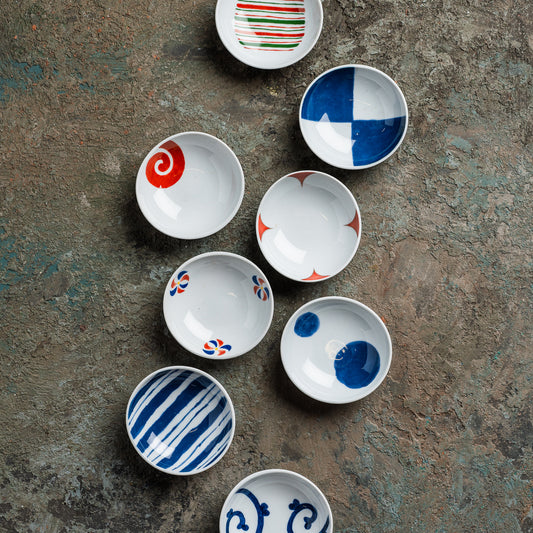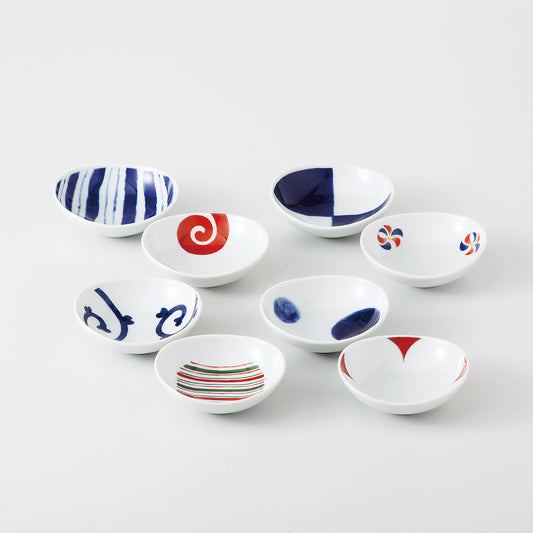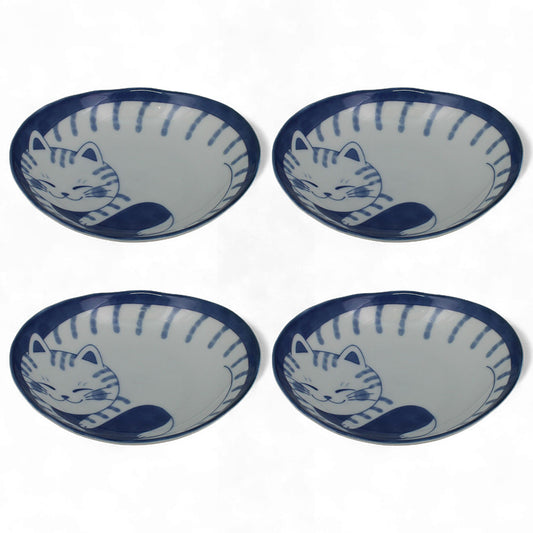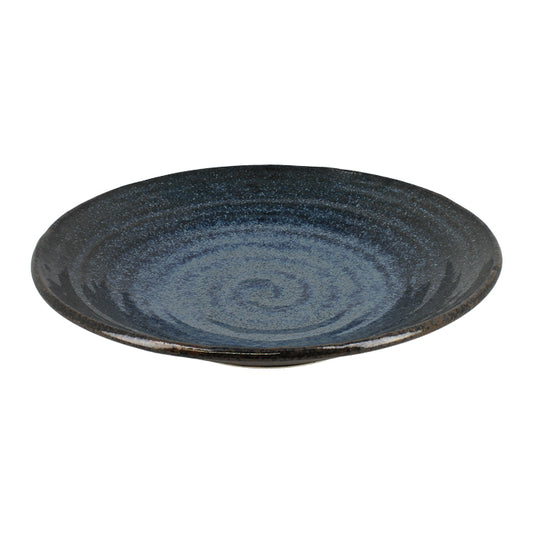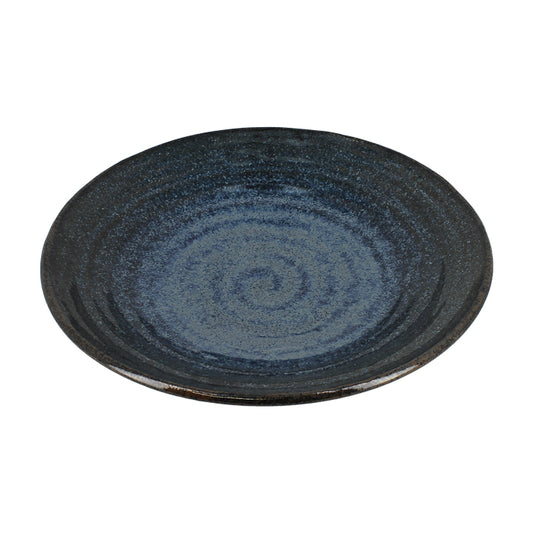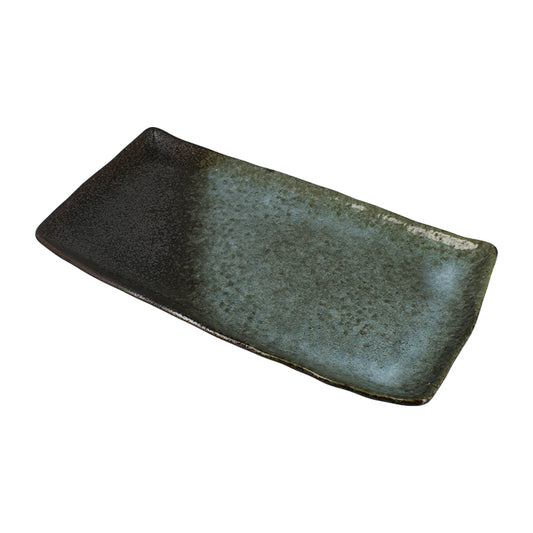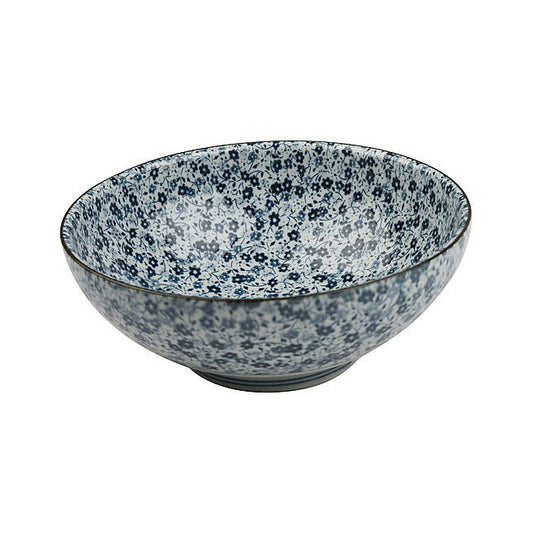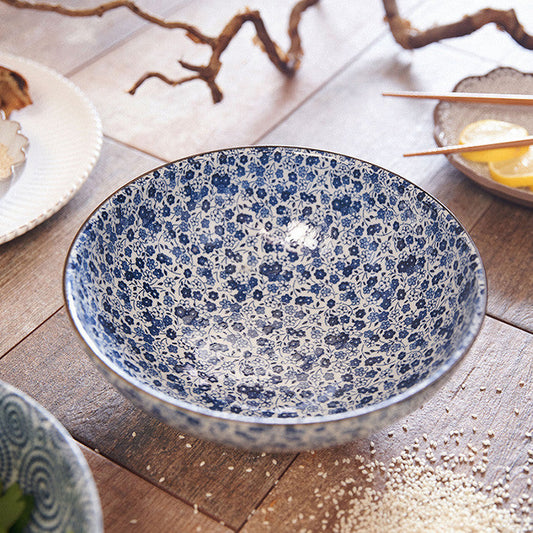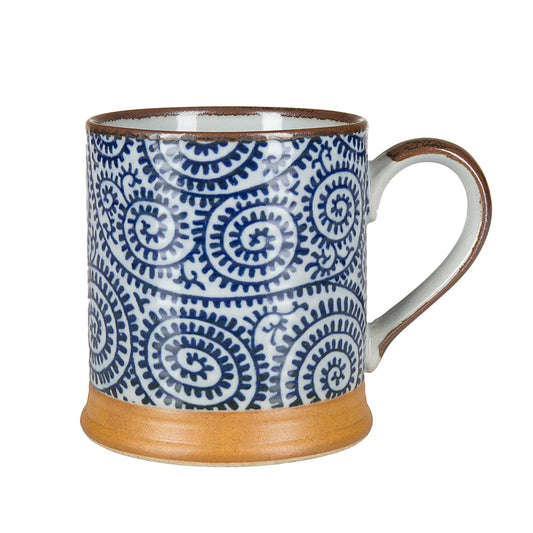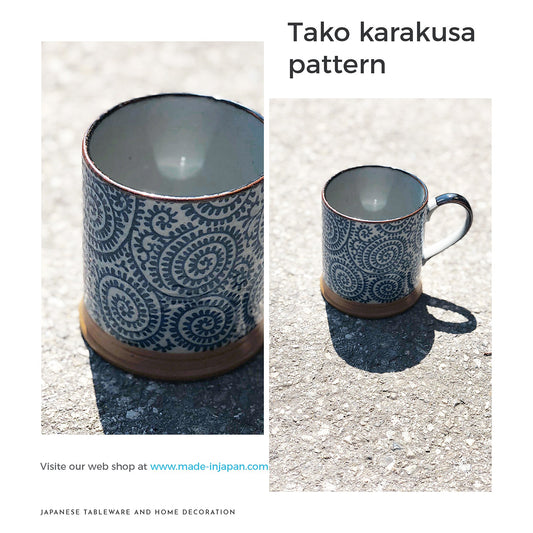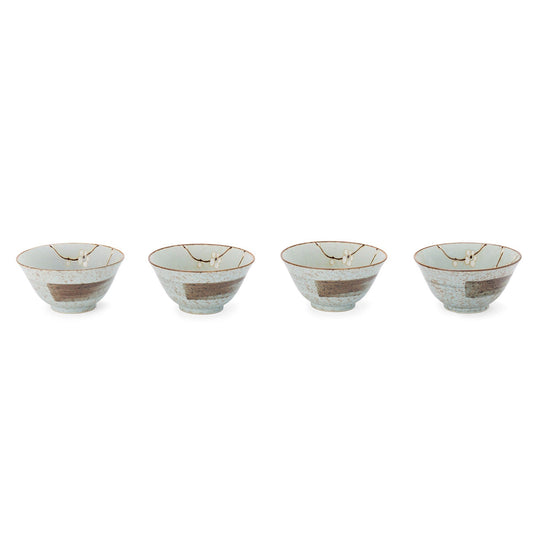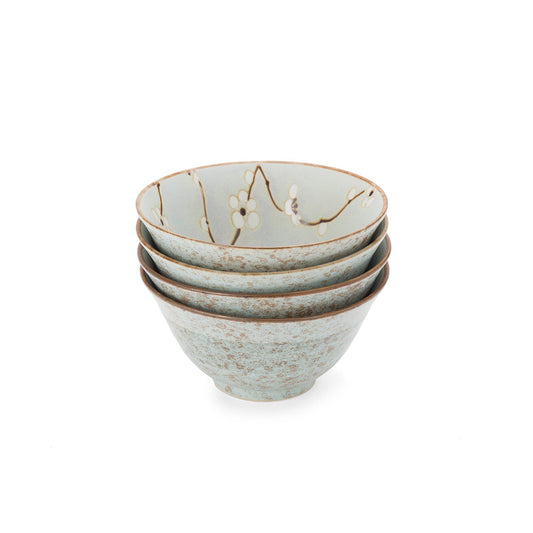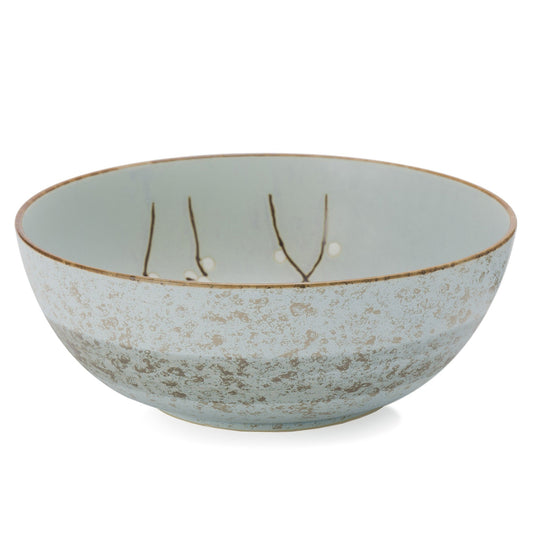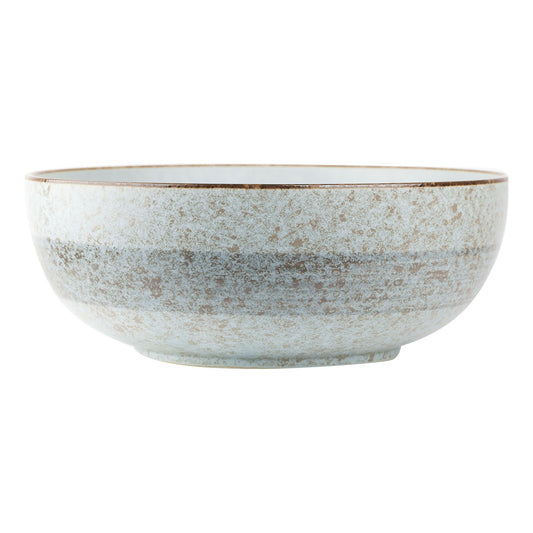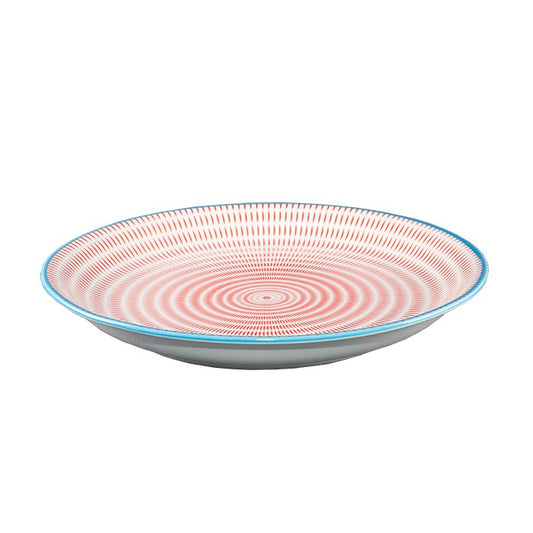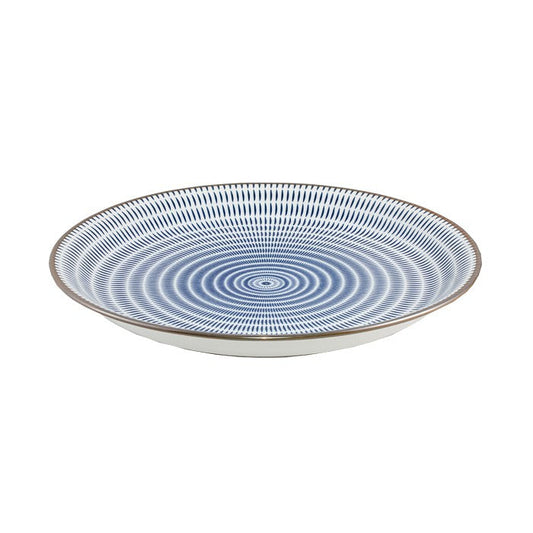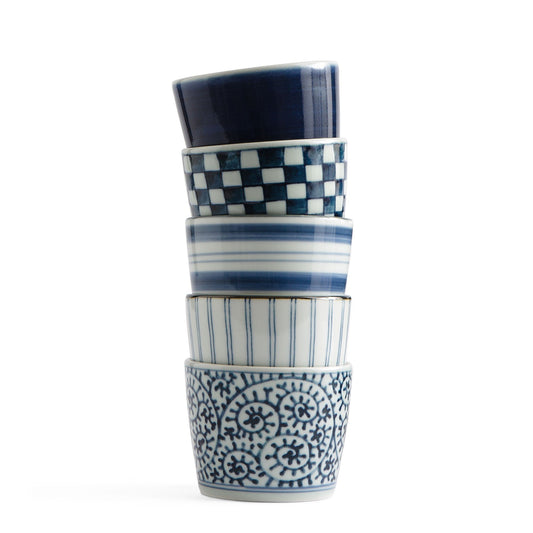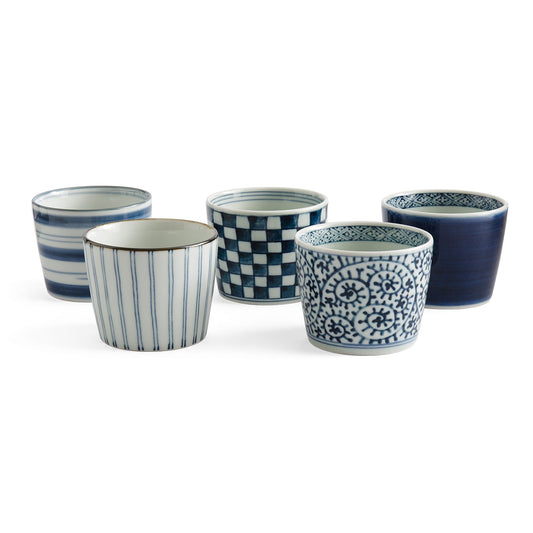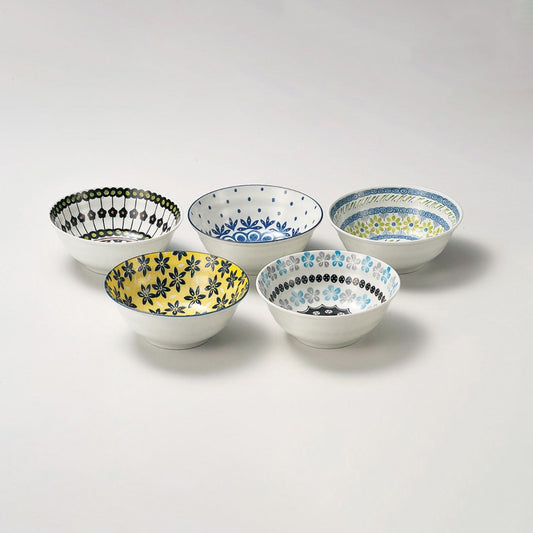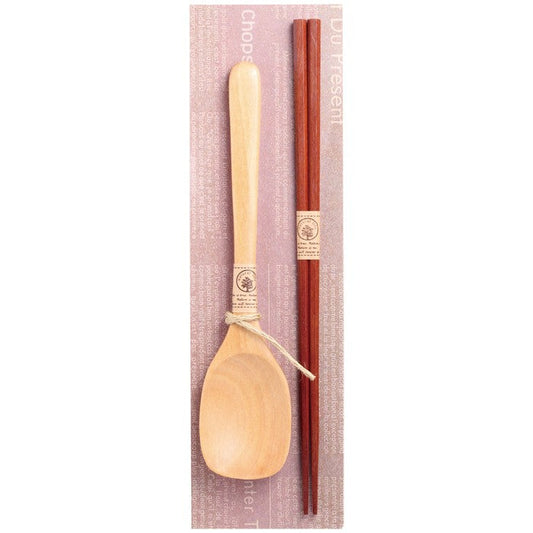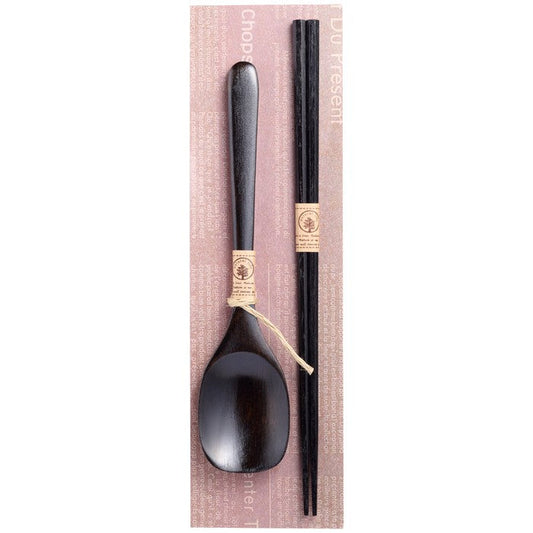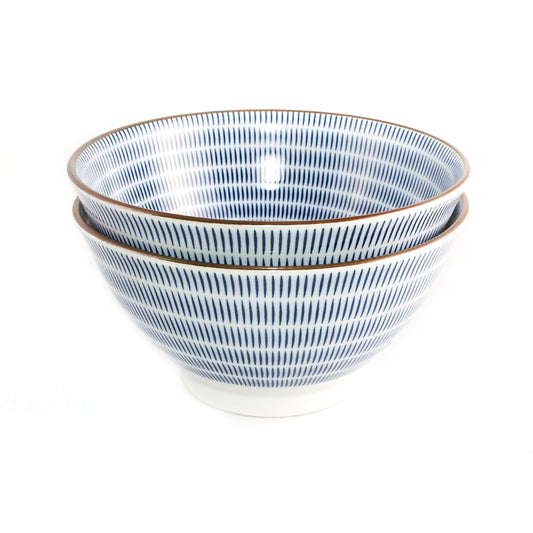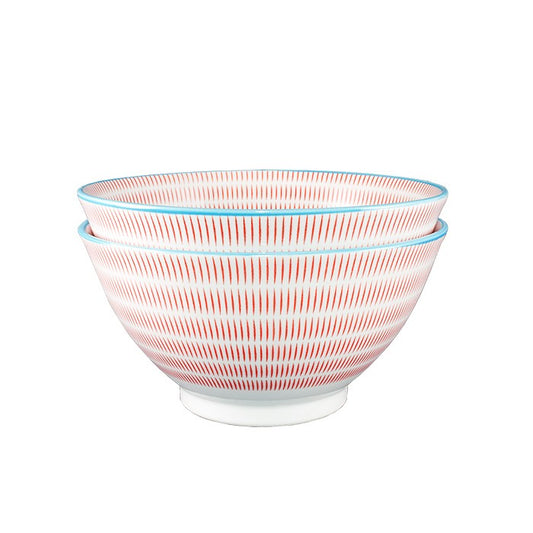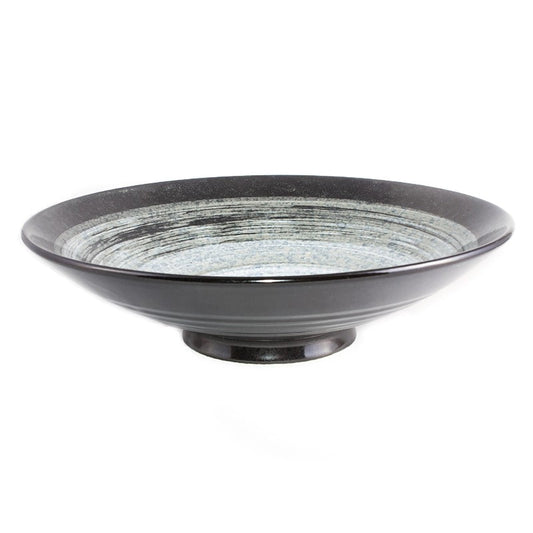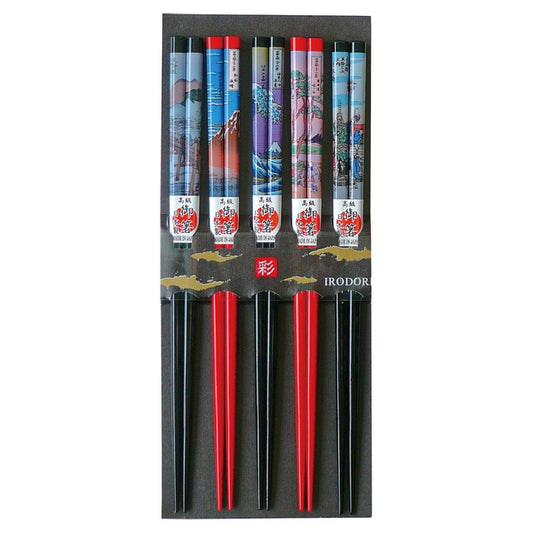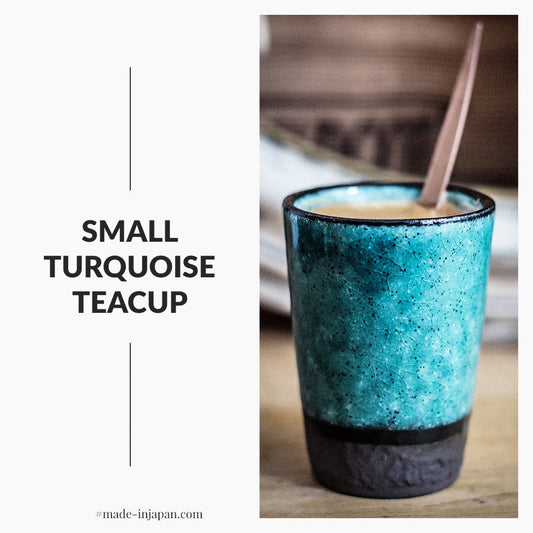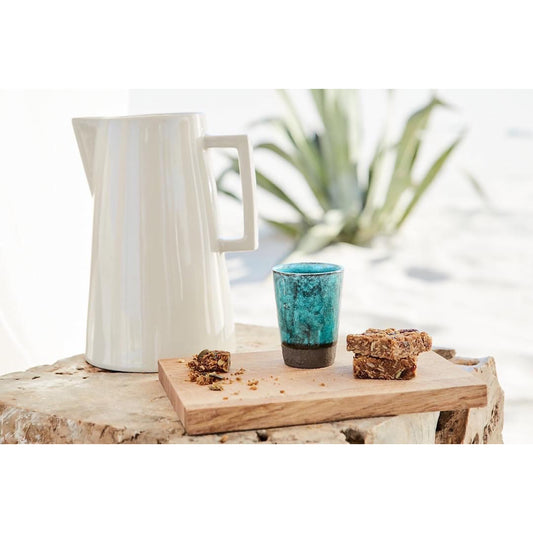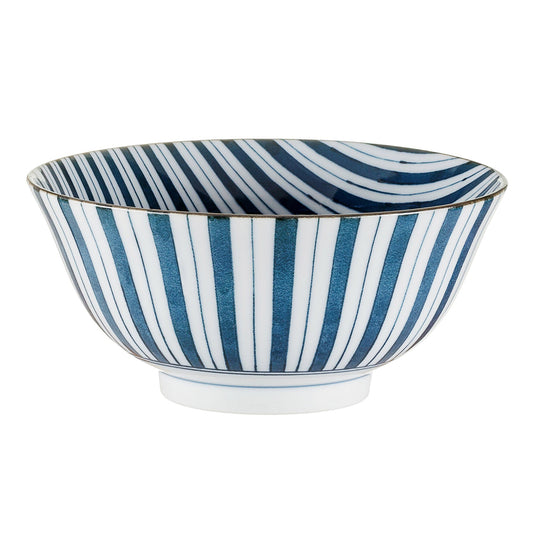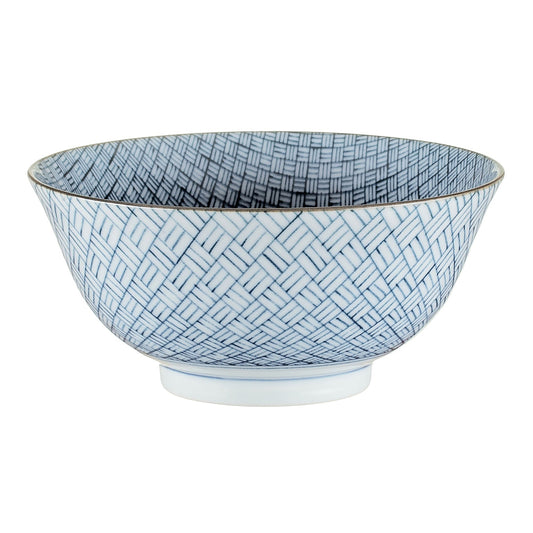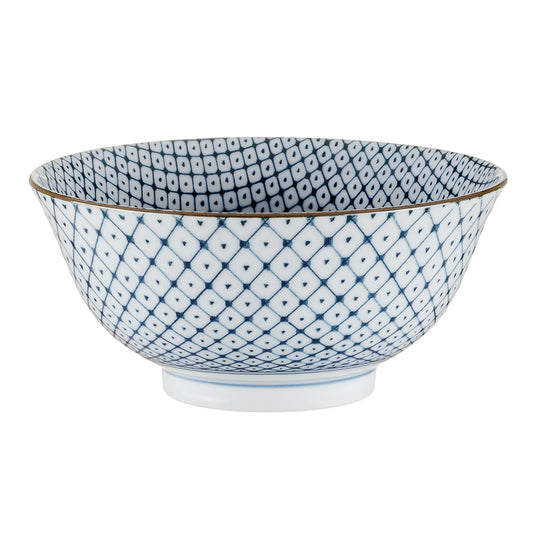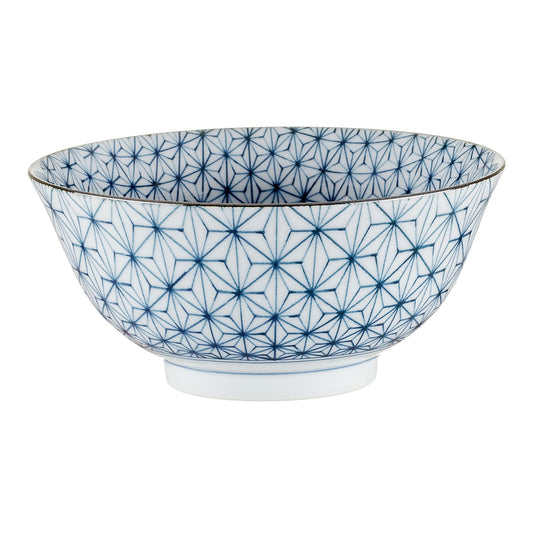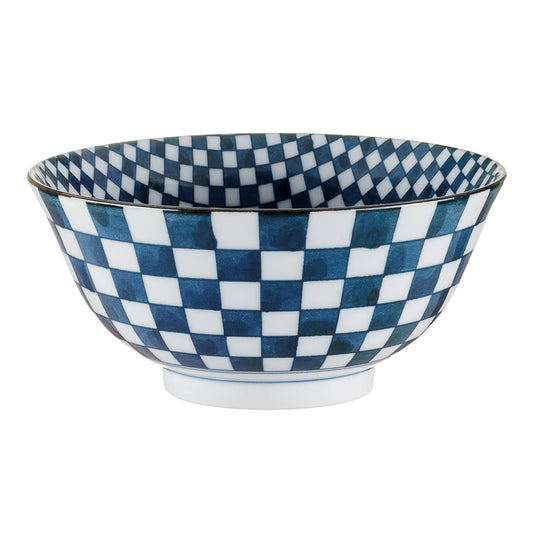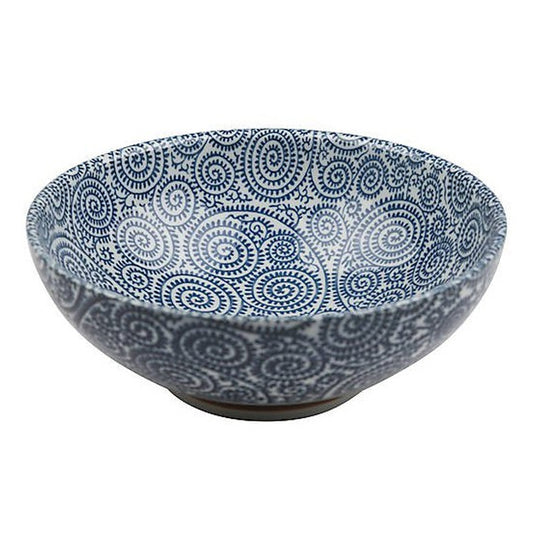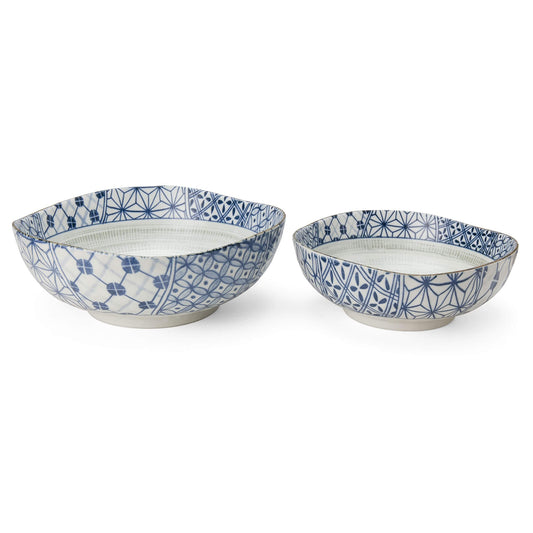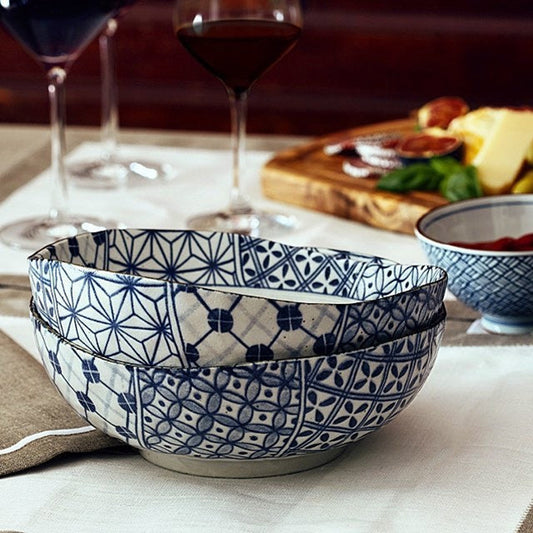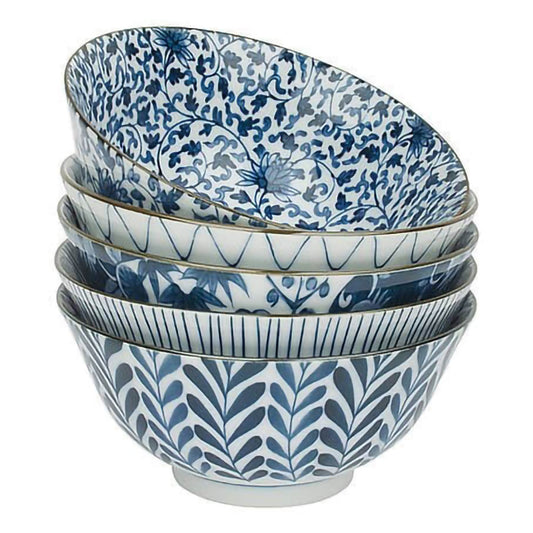-
Small flower single bowl
Regular price CHF 19.00Regular priceUnit price per -
Cup with takokarakusa handle
Regular price CHF 19.00Regular priceUnit price per -
Set of 4 blue bowls
Regular price CHF 36.00Regular priceUnit price per -
Blue salad bowl
Regular price CHF 62.00Regular priceUnit price per -
Japanese plate with ink hatching
Regular price CHF 20.00Regular priceUnit price per -
Set of 5 soba cups
Regular price CHF 55.00Regular priceUnit price per -
Set of 5 medium bowls "Pottery field"
Regular price CHF 68.00Regular priceUnit price per -
Japanese spoon set with chopsticks
Regular price CHF 10.00Regular priceUnit price per -
Set of 2 ramen bowls
Regular price CHF 45.00Regular priceUnit price per -
Black salad bowl
Regular price CHF 31.00Regular priceUnit price per -
Fuji chopsticks set
Regular price CHF 17.00Regular priceUnit price per -
Set of 4 cracked cups
Regular price CHF 47.50Regular priceUnit price per -
Single lined bowl
Regular price CHF 11.00Regular priceUnit price per -
Single checkerboard bowl
Regular price CHF 11.00Regular priceUnit price per -
Dotted single bowl
Regular price CHF 11.00Regular priceUnit price per -
Single sachiko bowl
Regular price CHF 11.00Regular priceUnit price per -
Single squared bowl
Regular price CHF 11.00Regular priceUnit price per -
Single takokarakusa bowl
Regular price CHF 19.00Regular priceUnit price per -
Set of 2 patchwork salad bowls
Regular price CHF 47.00Regular priceUnit price per -
Set of 5 "floral" bowls
Regular price CHF 55.00Regular priceUnit price per
発見 To discover
-
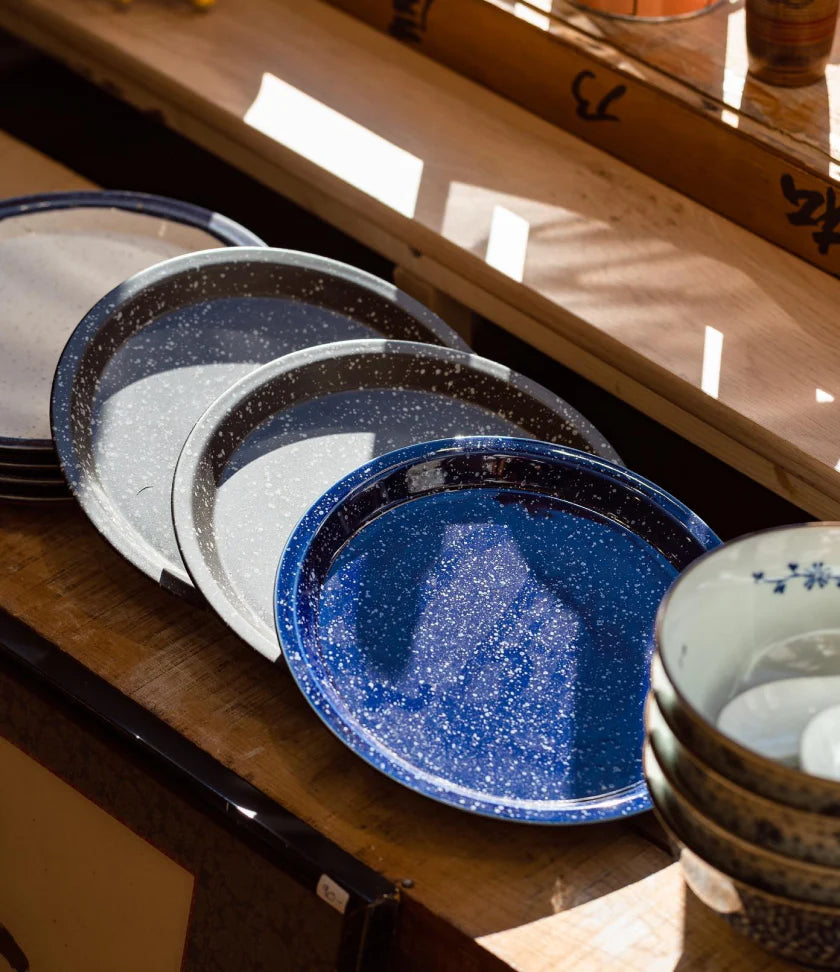
Plates, dishes and cups
Yugen Lab offers you Japanese plates whose design and decoration will not...
-
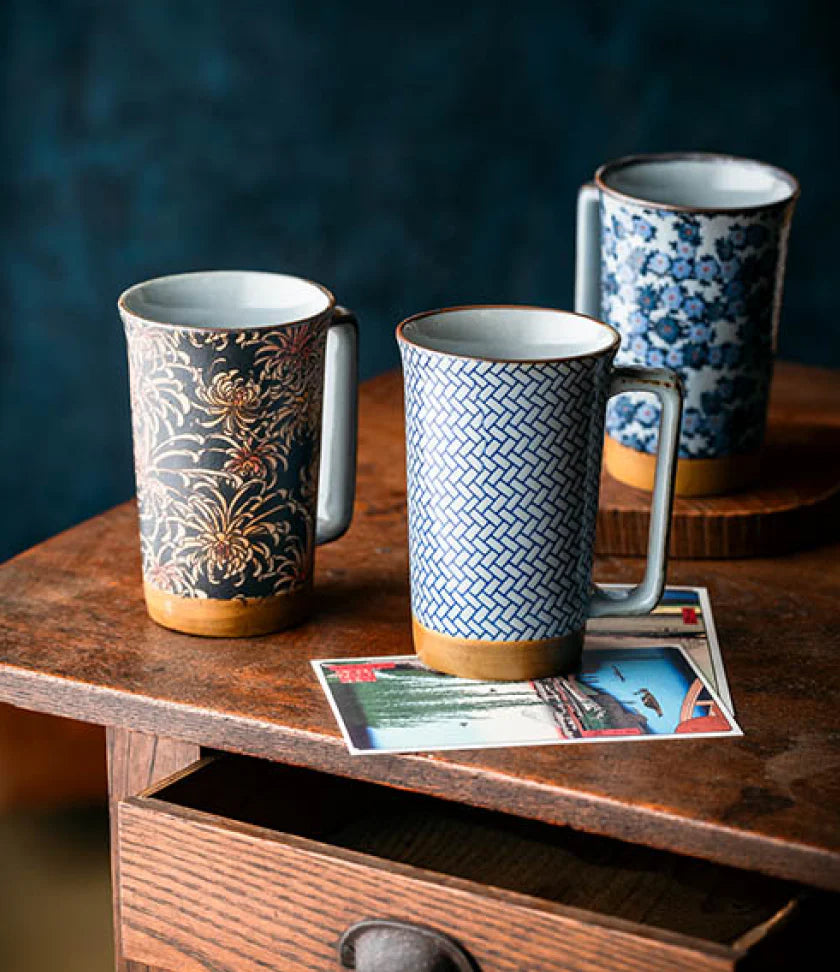
Mugs and teacups
If Japan is known for its different drinks, tea is undoubtedly one...
-
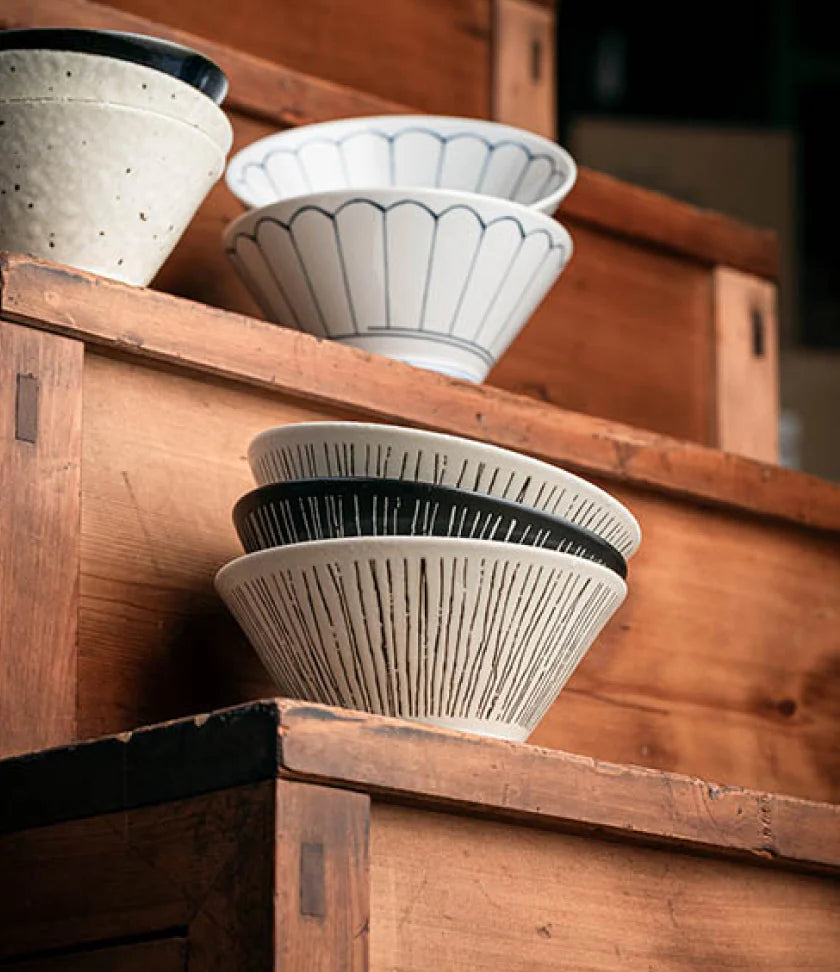
Bowls and salad bowls
Opt for the Japanese salad bowls and bowls available on the Yugen...
Japanese tableware is renowned throughout the world for its quality and great refinement. Japanese artisans put all their know-how into the texture of the earth to bring softness and roughness to Japanese ceramics. Extremely varied in its shapes and colors, Japanese ceramic tableware is composed of sober and refined lines.
Setting the table for a meal is a pleasure and a guarantee of good taste. In Japan, meals must be enjoyed with both the mouth and the eyes. The table service, which constitutes a palette of colors, is the main actor of a well-set table. The choice of your Japanese tableware should not be done at random. You have to take into account the material, your personality and the occasion.
Japanese ceramics is one of the oldest arts in Japan. In fact, the first pottery was born 10,000 years ago during the prehistoric era. They were made for a purely utilitarian purpose but already have a very beautiful aesthetic appearance.
Today, the manufacture of Japanese ceramics is carried out in many local workshops by master Japanese craftsmen and has become more sophisticated and very refined over time.
It produces a wide range of raw or glazed earthenware, pottery, stoneware and also porcelain.
Stoneware ceramic: The favorite material of Japanese pottery artisans is stoneware which is made up of both clay and sand.
Porcelain ceramic: the white gold of the Japanese, that is to say porcelain, is one of the most resistant materials for the manufacture of elegant and original Japanese tableware.
Thanks to the enameling they undergo, porcelain plates are not easily scratched and have a long lifespan.
